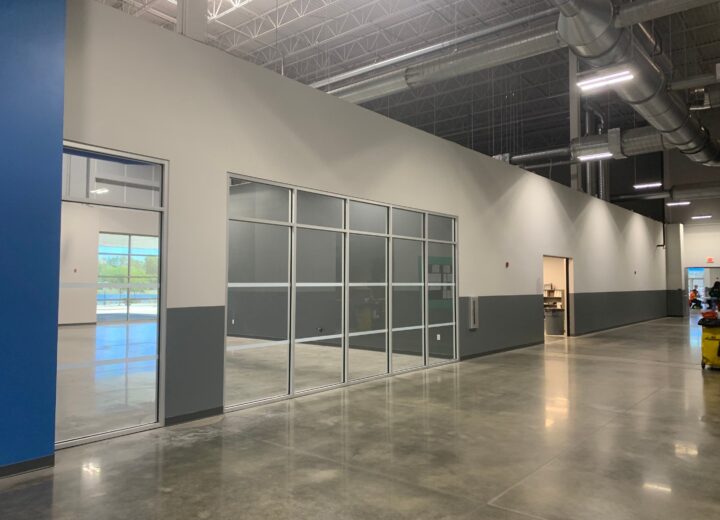
The success or failure of a commercial painting project isn’t solely dependent on the knowledge, skill level and experience of commercial paint contractors. Establishing budgets and schedules prior to project initiation are two equally important factors associated with paint jobs.
As we have already discussed in a previous post the importance of setting up the right commercial painting budget, the time has come to talk about the other element of the equation: scheduling.
Effective project scheduling can help building managers minimize disruption to daily operations by ensuring that all the work is carried out according to a pre-established plan.
Although the scheduling approach for a commercial paint job depends on the operations of each facility, here are three tips business professionals can follow in order to stay on top of their commercial painting projects.
Tip #1: Develop a Detailed Plan
Interruption of operations can have negative effects on business. To lessen the impact, the owner or manager of a commercial building can come up with a step-by-step plan based on occupancy.
In small clinics, doctor’s offices, stores, restaurants and public buildings, for instance, paint jobs can be completed during weekends, at night, over holidays or during summer breaks.
In hotels, retirement facilities, hospitals and medical complexes, on the other hand, some areas aren’t used all the time. Knowing when certain rooms and sections are unoccupied can help managers accurately plan downtime on a rotating basis to make areas available for painting.
In Florida, weather events can also affect the schedule of a paint job. Since temperature, humidity and rain play a critical role in exterior painting projects, planning for contingencies can prevent unpredictable weather from throwing a project off track.
Tip #2: Select the Right Materials
Material selection has a direct impact on both the cost estimate and timeline of a project. Because top-quality materials deliver better-looking finishes and dry faster, we always advise our customers to choose material quality over cost.
Not only do top-quality materials allow commercial paint contractors to expedite the painting process; they also minimize the risk of paint failure, reducing the frequency of maintenance and repair activities.
What’s more, the fast-drying, low- or no-VOC coating systems available nowadays cause little inconvenience to building occupants, which makes them ideal for commercial painting projects.
Another notable point is that top-quality paint delivers a more durable paint film and a good base coat for all future painting, provided the substrate has been properly prepared. Given that the prep work required for the application of a new topcoat will be minimal, the decision to use high-quality materials can help you cut down the overall cost of future paint jobs.
Tip #3: Conduct a Final Walk-Through
As final inspections and post-project meetings are important for commercial painting projects, managers should include these activities in the schedule.
The commercial paint contractor together with the facility manager should perform a walk-through and check each area against specifications in order to validate the completeness and compliance of the project.
During the post-project meeting, all the aspects relating to the project should be discussed in detail. A “close out” package, including a project completion form, before and after pictures, guarantees and recommended maintenance activities, should be handed over to the facility manager.
Proper attention to scheduling, top-of-the-line materials and advanced technologies combined with knowledgeable and experienced commercial paint contractors can produce high marks for your painting program. If you’re looking for a painting crew that can complete your project according to your specifications, on time and on budget, contact Performance Painting Contractors today and you’ll benefit from our extensive operational system for project management.






